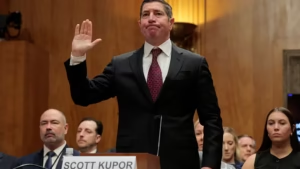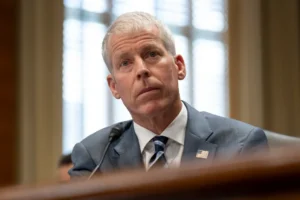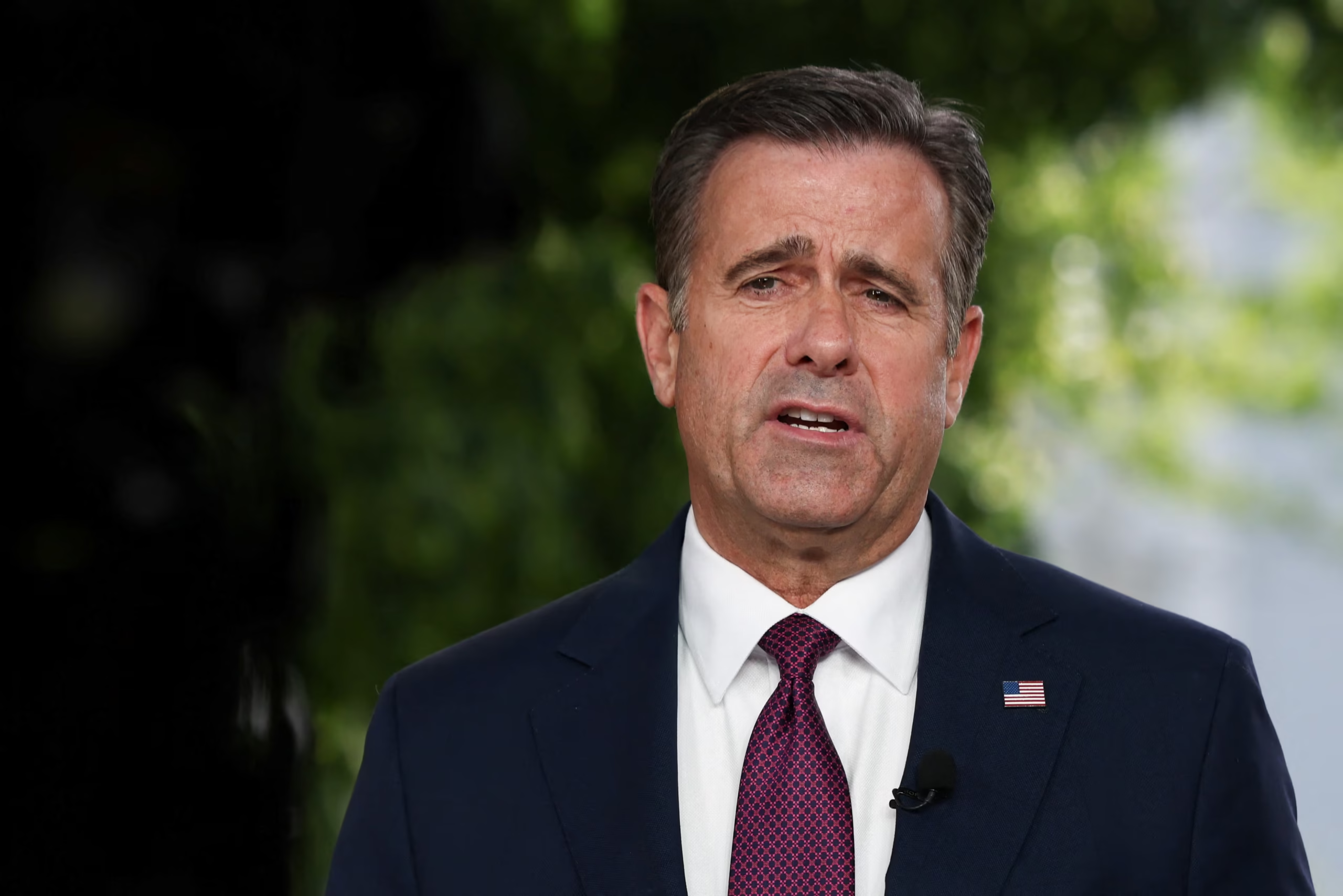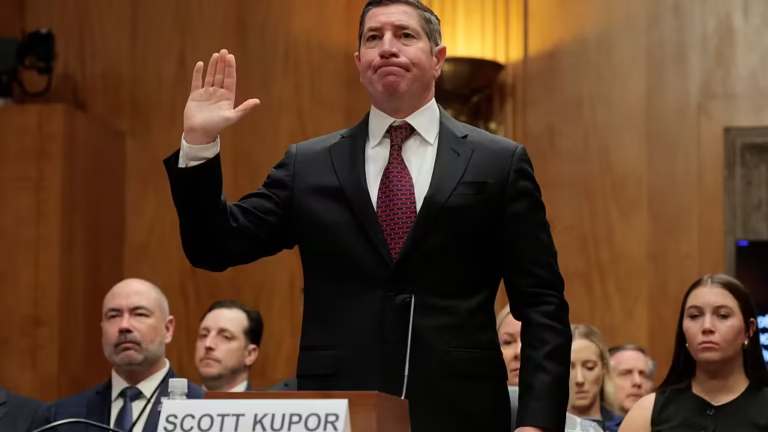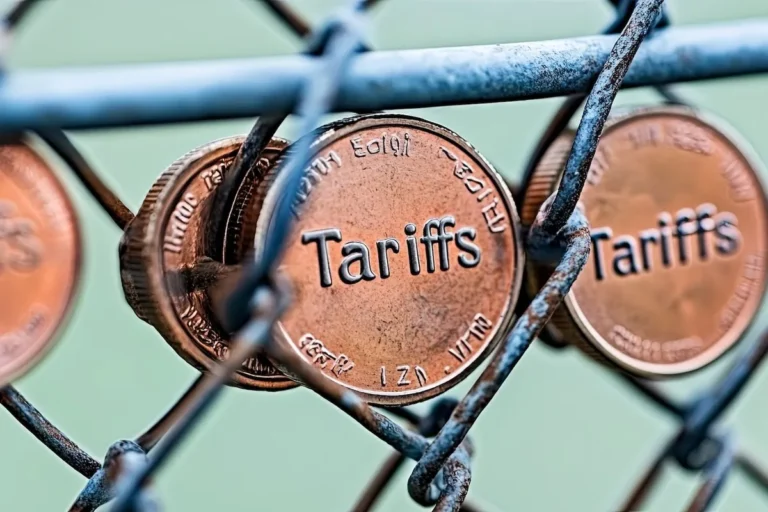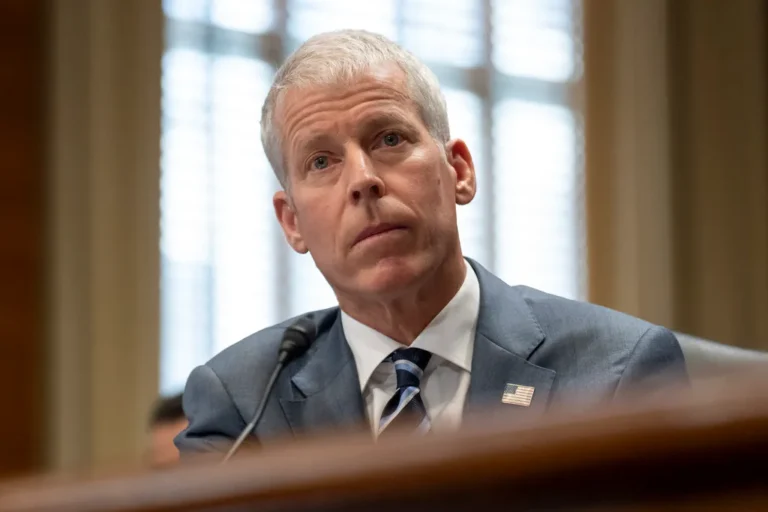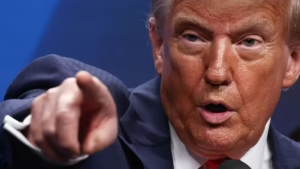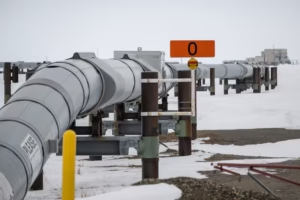Irans Nuclear Sites Severely Damaged, In a significant shift from previous intelligence leaks, CIA Director John Ratcliffe has confirmed that U.S. military strikes over the weekend caused severe damage to Iran’s nuclear infrastructure, pushing back the country’s capabilities by years. The comments directly challenge a previously leaked Pentagon assessment that suggested Iran’s nuclear program had only been minimally disrupted.
Diverging Intelligence Reports
On Wednesday, Ratcliffe revealed that “several key Iranian nuclear facilities were destroyed”, though he stopped short of saying Iran’s program was eliminated. His statement contradicted a preliminary Pentagon assessment leaked to the press on Tuesday, which claimed the U.S. bombing campaign had only set Iran’s nuclear ambitions back by “a few months.”
President Trump responded furiously to the leaked report, calling it “fake news” and claiming it “totally misrepresented the facts.” He insisted that the bombing raid had “obliterated” Iran’s nuclear capabilities and took to social media to promise an “irrefutable” Pentagon press briefing to defend the honor of U.S. military pilots.
Major Facilities Targeted
The U.S. operation involved 125 military aircraft and focused on three primary nuclear sites: Natanz, Fordo, and Esfahan. Ratcliffe confirmed these were hit with devastating precision. Director of National Intelligence Tulsi Gabbard echoed his claims, saying that if Iran were to rebuild, it would need to reconstruct all three sites from scratch, a process likely to take several years.
Newly released satellite imagery showed six large craters near critical entry points at Fordo, indicating deep-penetrating bombs were used. Similar damage was observed at the Isfahan site. However, intelligence analysts remain divided over whether Iran’s deeply buried centrifuge halls survived.
Uncertainty Over Uranium Stockpiles
Despite these declarations, questions remain about Iran’s stockpile of enriched uranium, a core component of any nuclear weapon. The UN’s nuclear watchdog chief, Rafael Grossi, suggested that Tehran may have relocated much of its enriched uranium in anticipation of a U.S. attack, making the full extent of the damage harder to assess.
Iranian Foreign Ministry spokesman Esmail Baghaei admitted to Al Jazeera that the country’s nuclear installations were “badly damaged”, though he didn’t provide specifics. Meanwhile, the Israeli Atomic Energy Commission claimed the strike had “destroyed Fordo’s critical infrastructure”, asserting that Iran’s timeline to develop nuclear weapons had been pushed back by “many years.”
Ceasefire Holding — For Now
Irans Nuclear Sites Severely Damaged, The airstrikes came amid a 12-day military confrontation between Iran and Israel. The conflict has since quieted following a fragile ceasefire brokered by President Trump. U.S. officials, including Middle East envoy Steve Witkoff, have acknowledged direct and indirect communication with Iran in recent days.
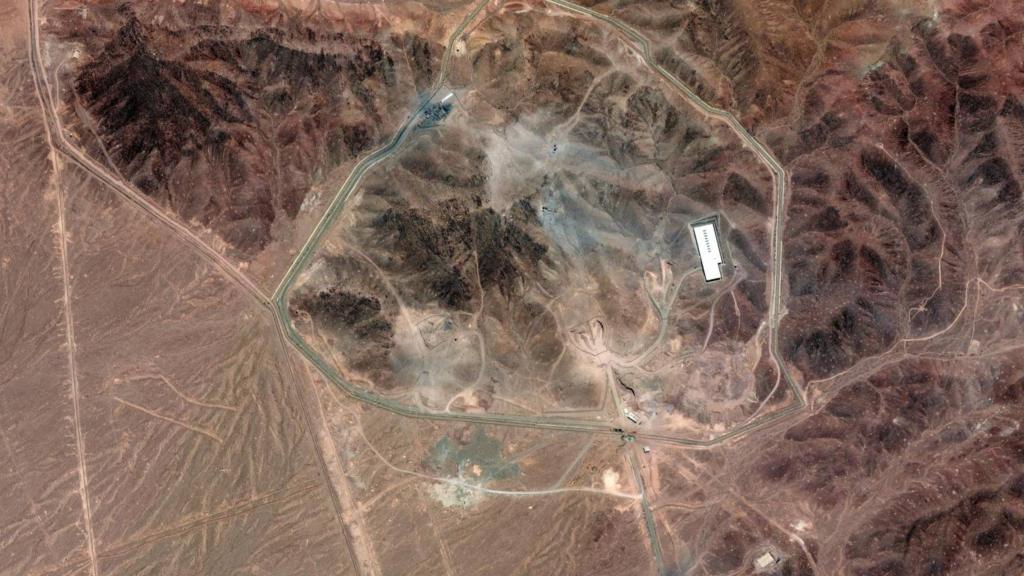
Speaking at the NATO summit in The Hague, Trump stood by the military action: “It was very severe. It was obliteration.” He added that he hoped to secure a commitment from Iran next week to end its pursuit of nuclear weapons — though Iran has not confirmed any negotiations.
Conflicting Iranian Reactions
Despite widespread reports of damage, Iranian messaging has been mixed. An adviser to the Iranian parliament chairman, Mehdi Mohammadi, claimed that “no irreversible damage” was sustained at Fordo, contradicting other Iranian and international assessments.
Iran continues to insist that its nuclear programme is for peaceful purposes, and U.S. intelligence agencies have previously reported that Tehran was not actively pursuing atomic weapons.
What Happens Next?
As the ceasefire continues, the situation remains volatile. While U.S. leadership claims the strike delivered a strategic blow, experts caution that intelligence is still evolving and the damage may not be as comprehensive as suggested.
The Pentagon’s Defense Intelligence Agency, which issued the downplayed report, labeled it as “low confidence” and acknowledged that further assessments may alter initial conclusions. With 18 intelligence agencies contributing to the overall picture, diverging perspectives are common — and not always aligned with political narratives.
For more latest news checkout our website: usnewsinsight

